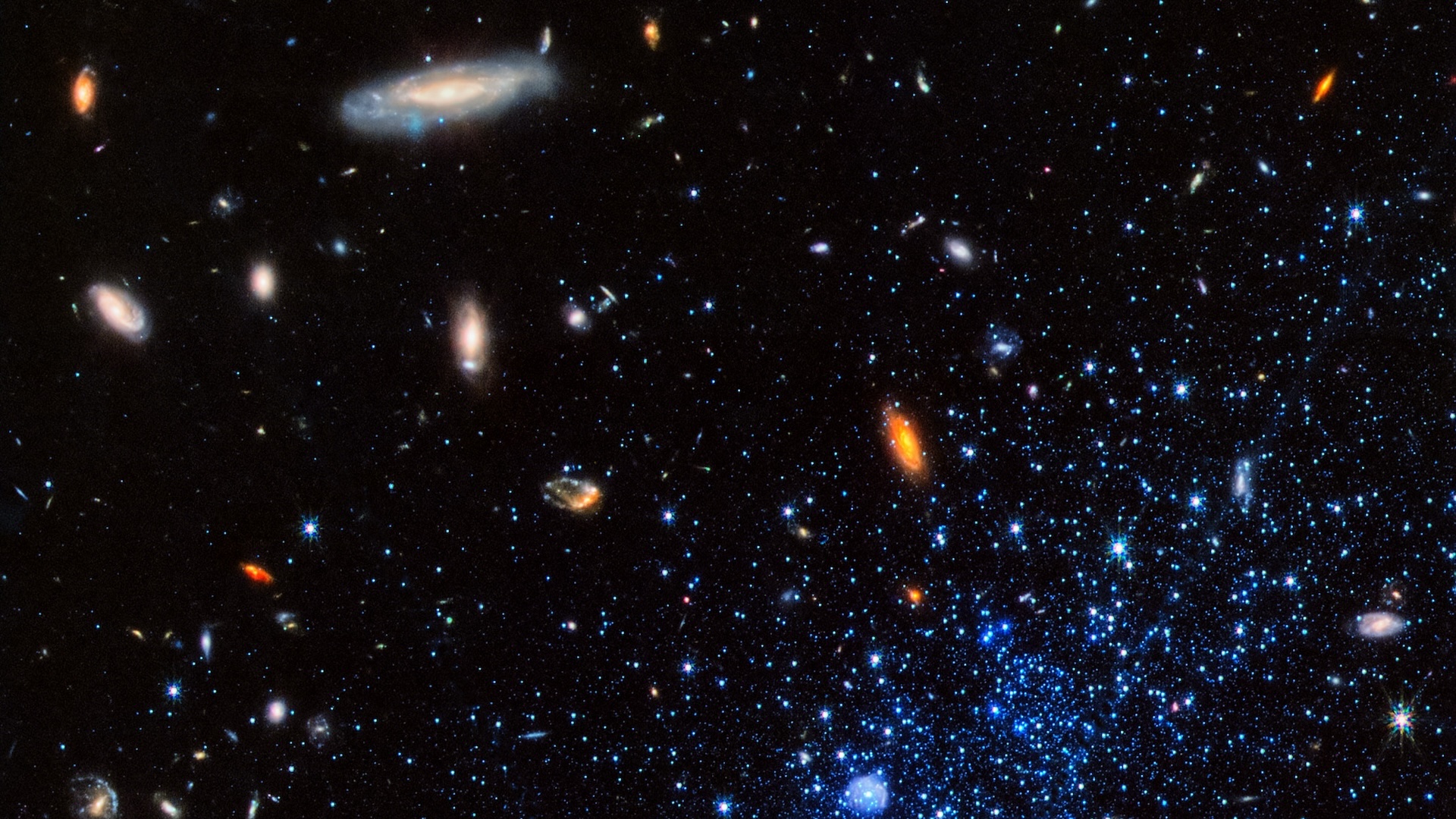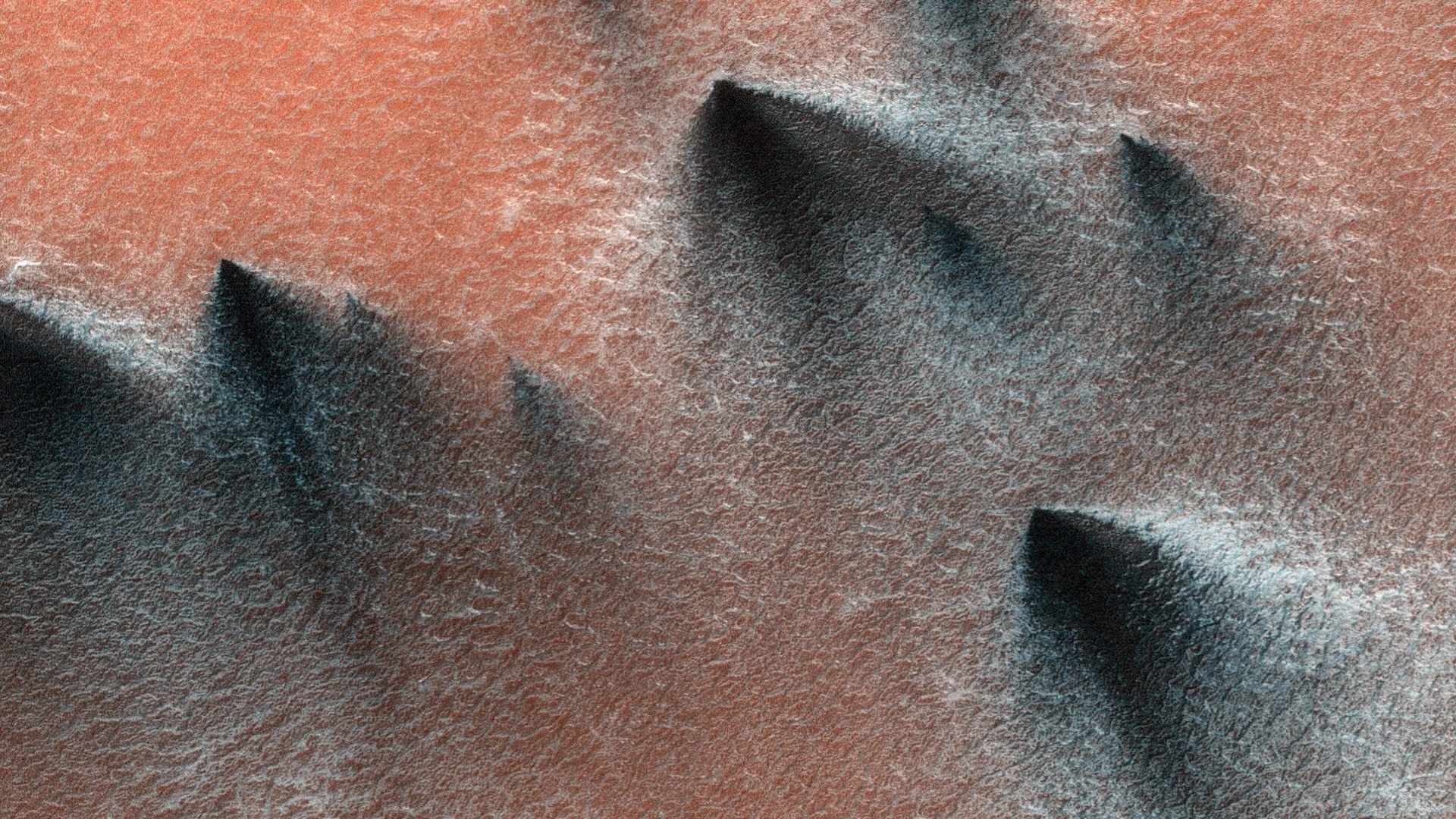Space photo of the week — Extraordinary images of our sublime universe
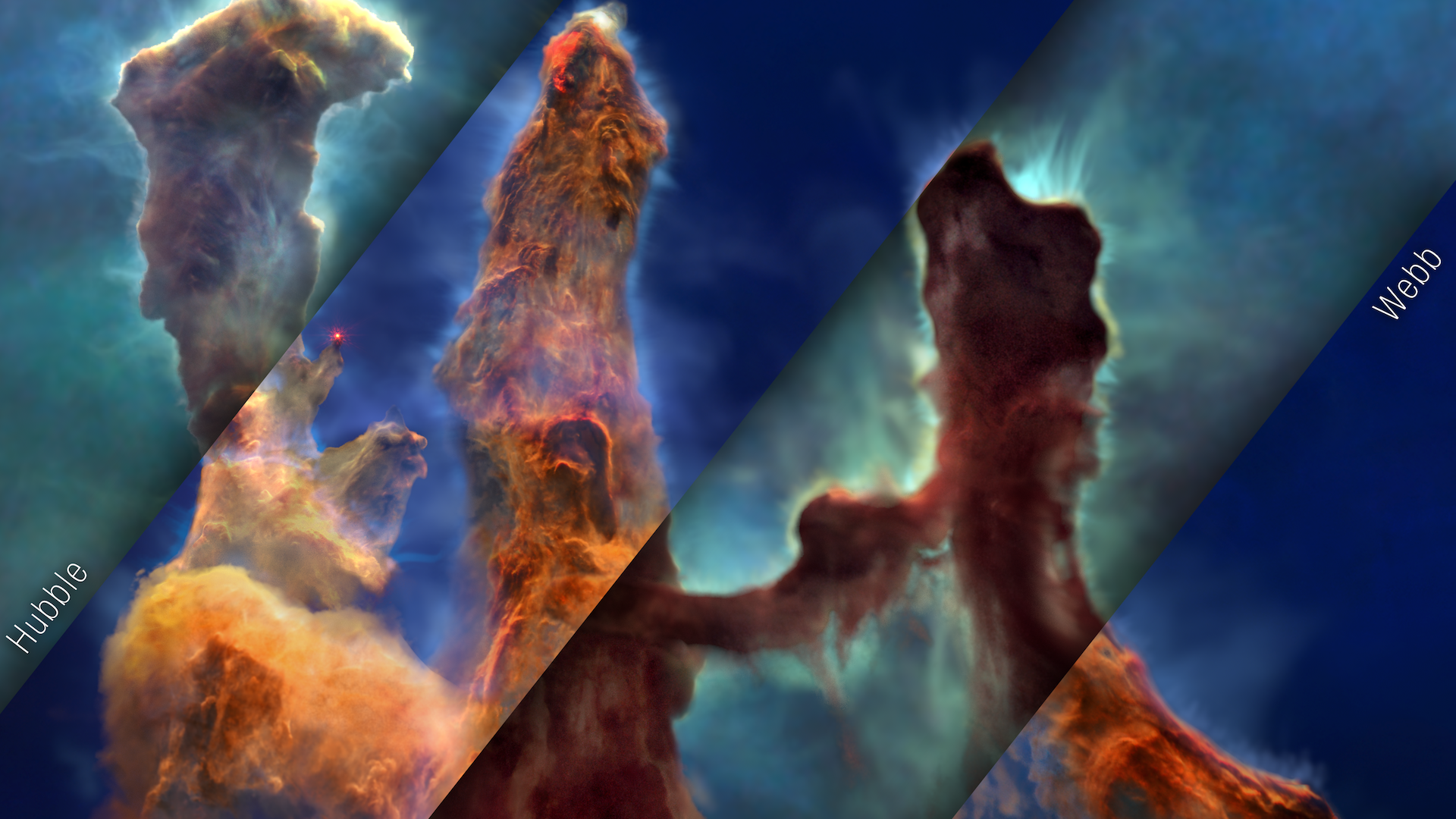
Space photos remind us that, around every corner of our vast universe, something spectacular awaits. From the newest James Webb Space Telescope images to historic photos of groundbreaking space missions, join us every Sunday as we explore the wonders of the universe, and humanity's place in it.
See more incredible space photos:
Latest about space photo of the week

Mars rises over the moon's horizon at the best possible time
By Jamie Carter published
A new image has emerged of the Red Planet rising above the lunar limb after being occulted by the moon in January.
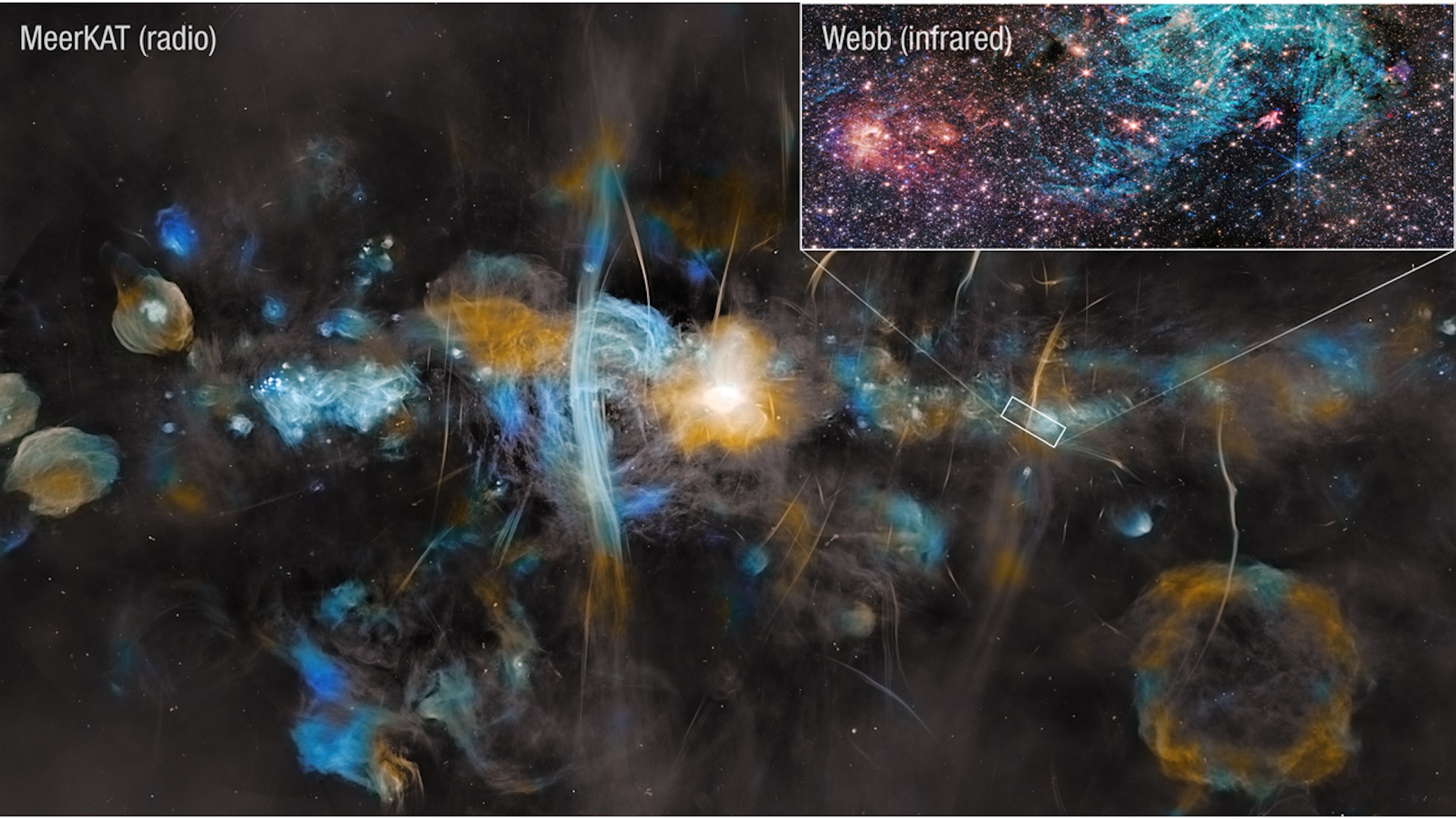
Space photo of the week: The chaotic heart of the Milky Way like you've never seen it before
By Jamie Carter published
The James Webb Space Telescope (JWST) has teamed up with the MeerKAT radio telescope array to explore how magnetic fields affect star formation at the chaotic center of the Milky Way.
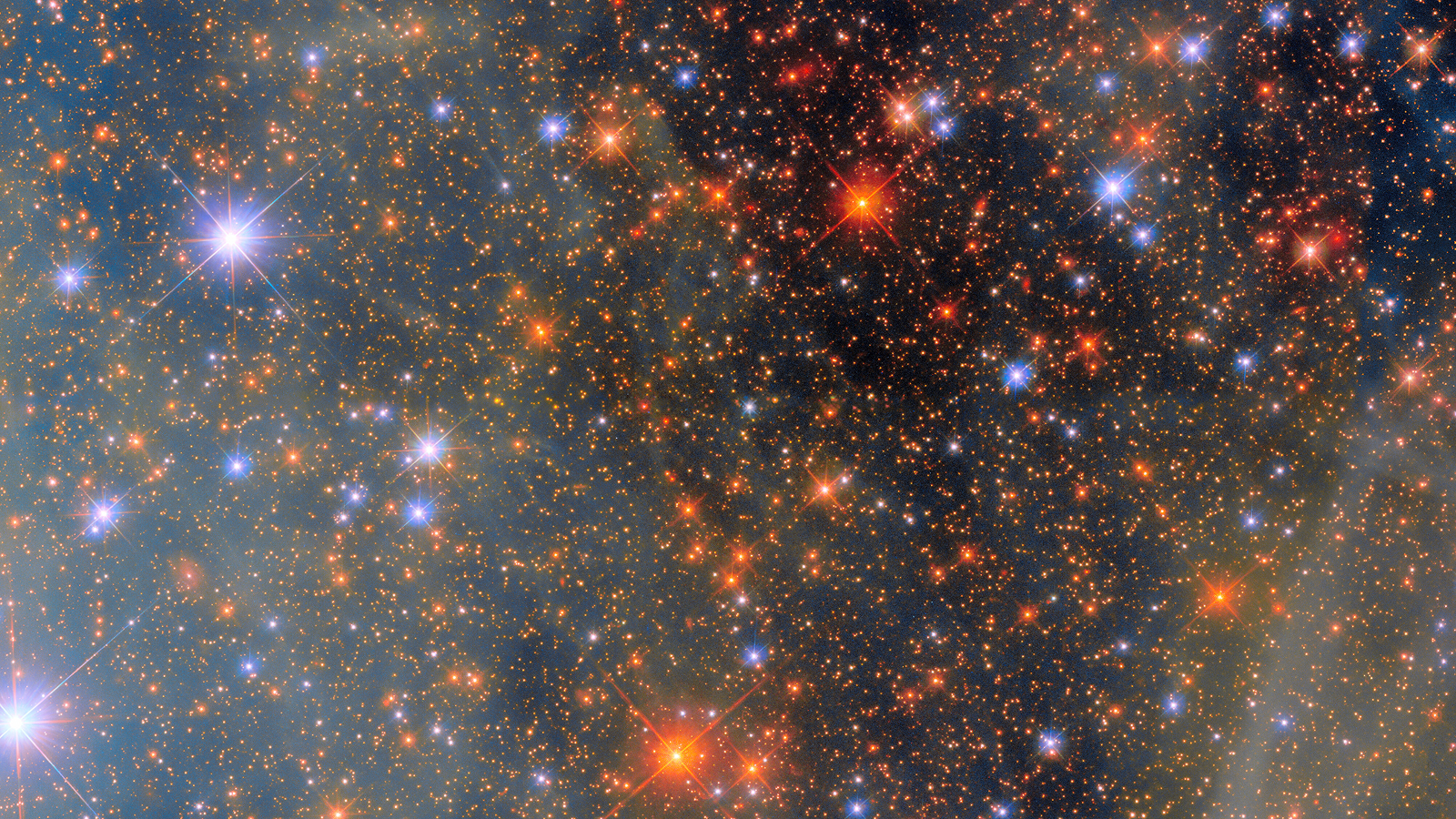
Space photo of the week: Hubble zooms in on the glittering galaxy next door
By Jamie Carter published
The Small Magellanic Cloud, a dwarf galaxy about 200,000 light-years from the solar system, can be seen with the naked eye from the Southern Hemisphere.
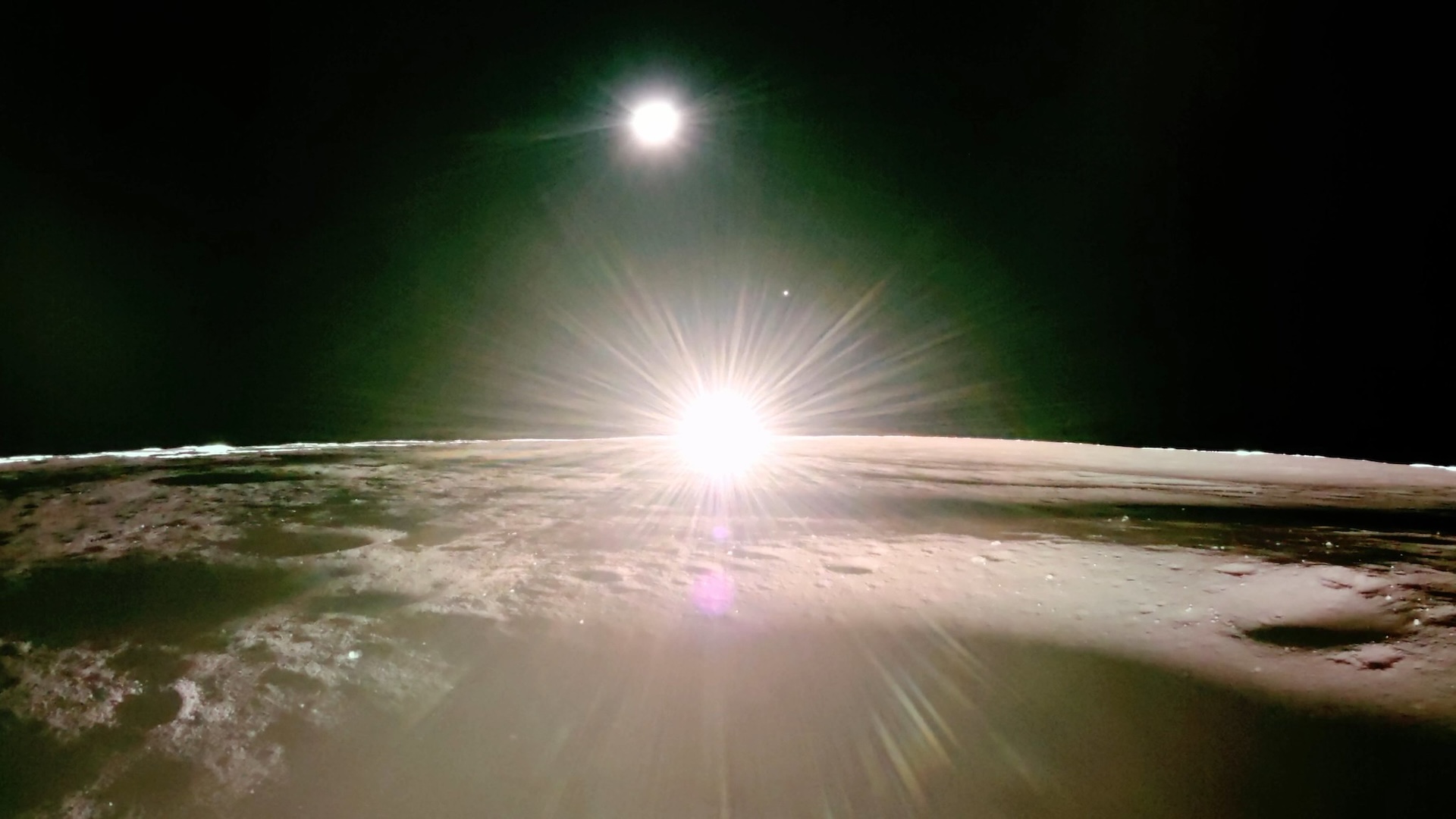
Space photo of the week: The last sight you see before dying on the moon
By Jamie Carter published
The final act of the Blue Ghost lander's busy two weeks on the moon was to send back sunset shots featuring Earth and Venus.
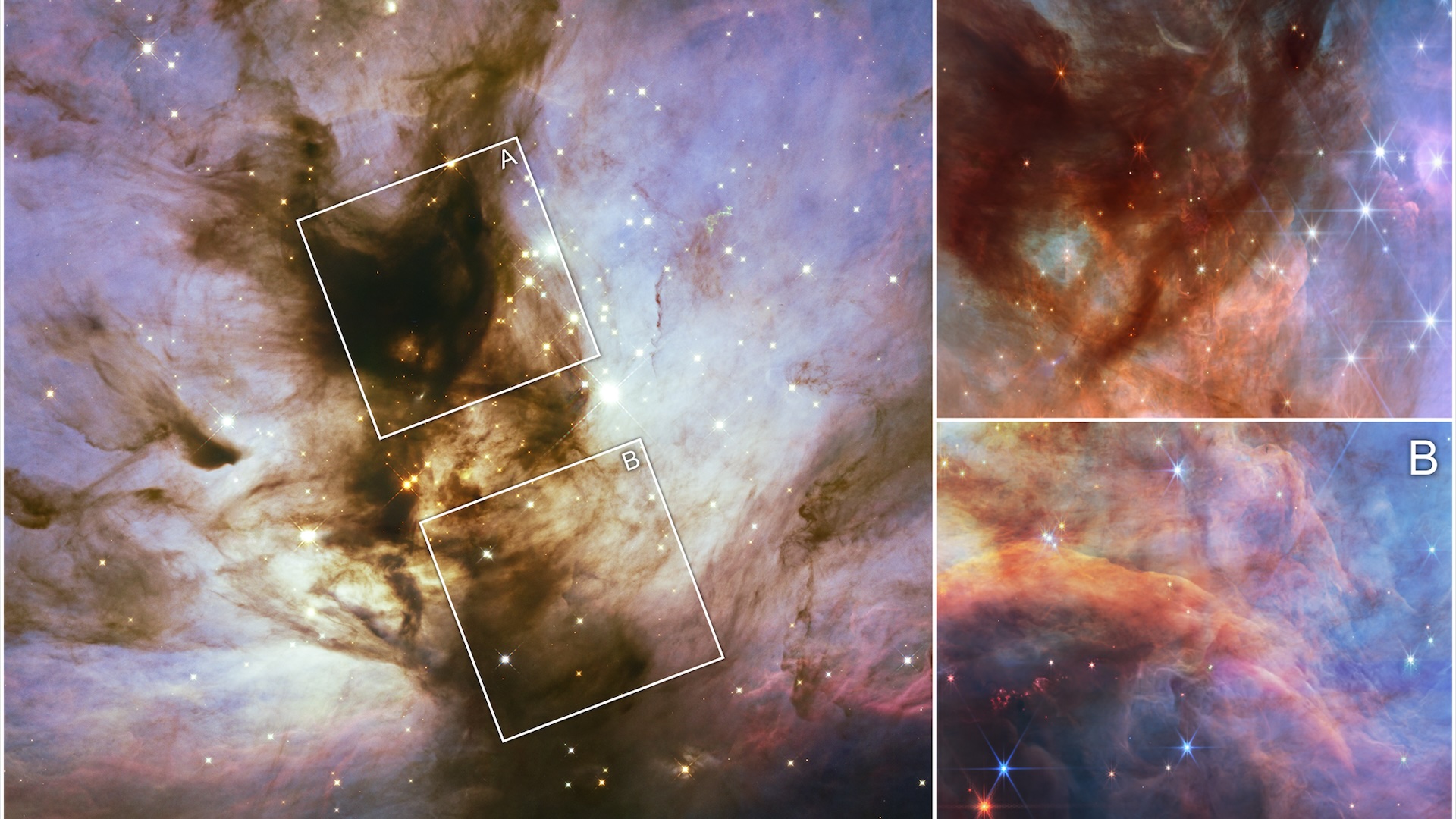
Space photo of the week: James Webb telescope's view of the Flame Nebula is a 'quantum leap' forward for astronomers
By Jamie Carter published
Trained on the spectacular Flame Nebula, the Hubble and James Webb Space Telescopes went hunting for the smallest stars in the universe.
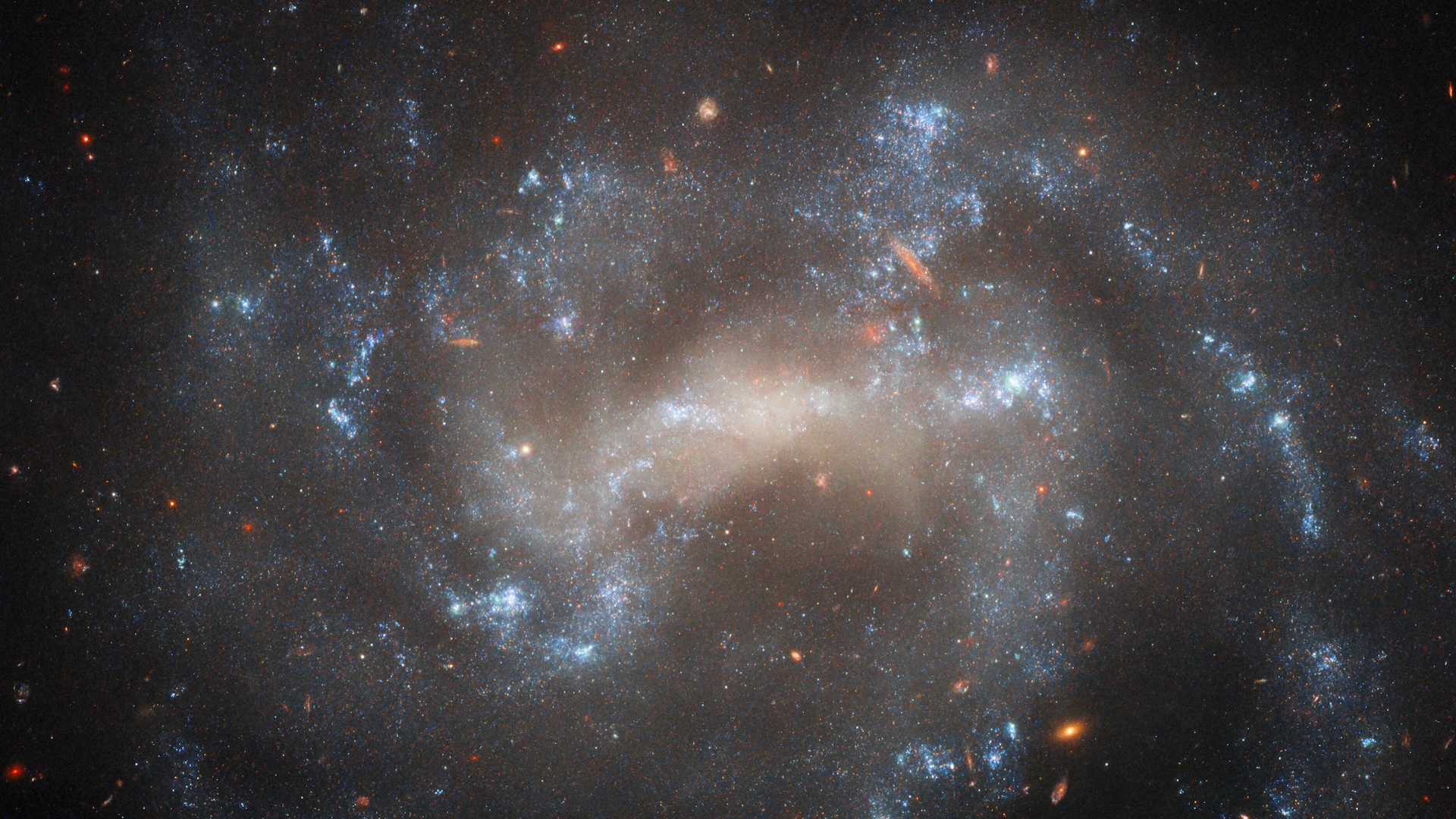
Space photo of the week: Hubble hunts a stellar 'imposter' hiding in the Great Bear
By Jamie Carter published
The legendary Hubble Space Telescope has turned its gaze to the Ursa Major-adjacent galaxy UGC 5460, revealing spiral arms, star clusters and a possible supernova "imposter".
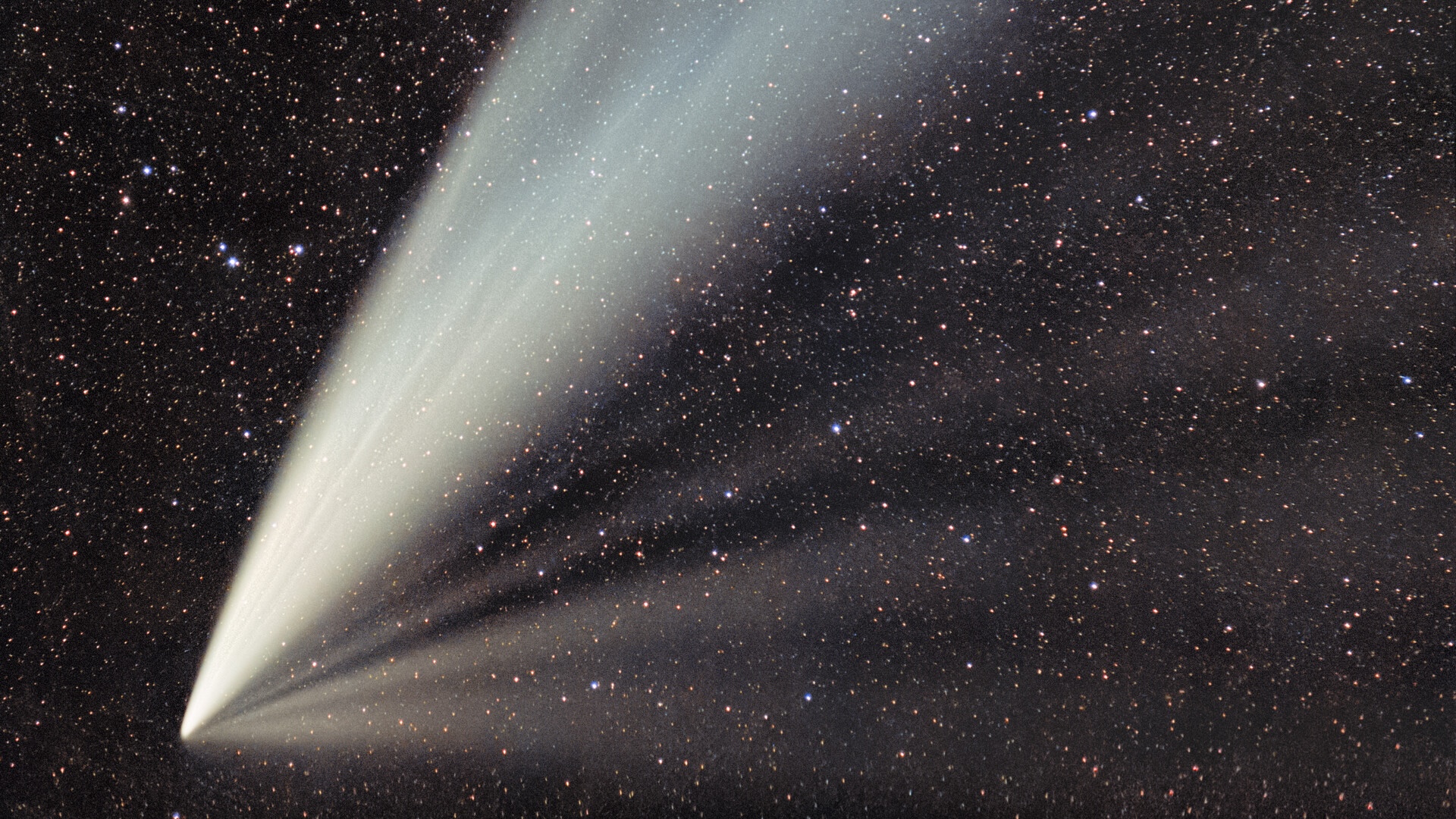
Space photo of the week: The last view of the 'Great Comet of 2025' for half a million years
By Shreejaya Karantha published
Beautifully captured against a starry sky, Comet C/2024 G3 (ATLAS) — dubbed by some as the "Great Comet of 2025" — shines brightly after its last approach to the sun for hundreds of thousands of years.
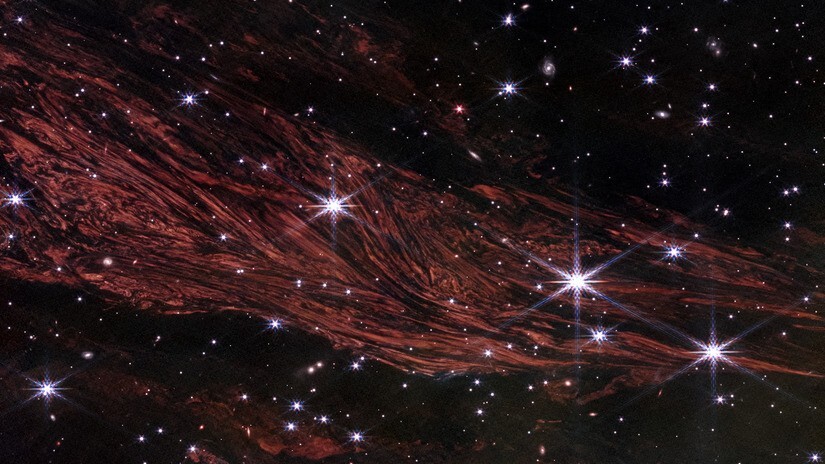
Space photo of the week: James Webb telescope reveals mysterious 'light echo' in the broken heart of Cassiopeia
By Shreejaya Karantha published
Beautifully captured by the James Webb Space Telescope (JWST), this image shows interstellar gas and dust lit up by a dead star in Cassiopeia.
Sign up for the Live Science daily newsletter now
Get the world’s most fascinating discoveries delivered straight to your inbox.
